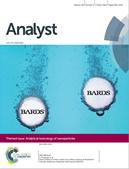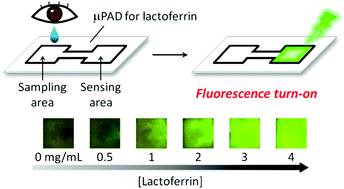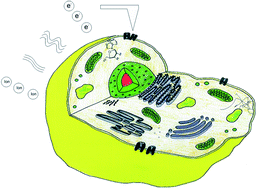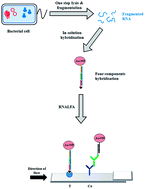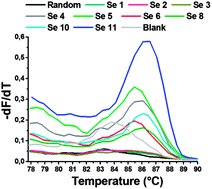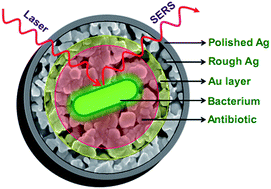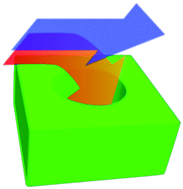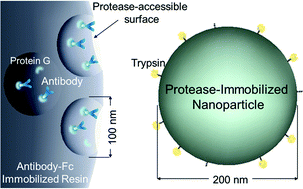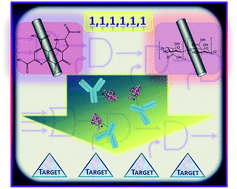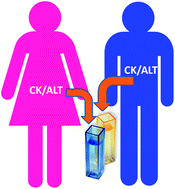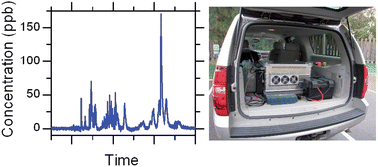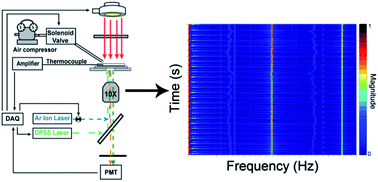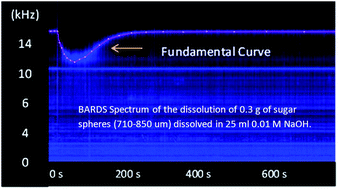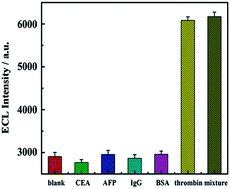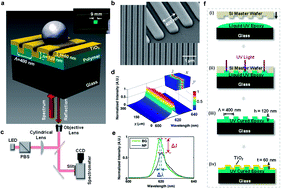Analytical techniques are shedding new light on old treasures.

Analytical chemists are making breakthroughs in the science of heritage and conservation. Using new techniques, previously lost nuances in the works of cultural artifacts are being rediscovered, enriching our understanding of our shared culture, and recasting our relationship with the past.
Dr Richard P. Van Duyne recently used Raman spectroscopy to reveal the stunning original colours of Renoir’s “Madame Valentine Clapisson” painted over a century ago. Using Surface Enhanced Raman Spectroscopy (SERS), a technique widely used in biomedical research that Van Duyne has spent the past few years adapting for the study of organic paints, the lush reds of the origi
In a recent themed collection in Analyst and Analytical Methods cutting edge developments in analytical science used in heritage and conservation were drawn together. Guest edited by Dr Francesca Casadio and Dr Richard P. Van Duyne, the collection of articles highlights work on historic buildings, illuminated manuscripts and paintings by artists such as Dali and Matisse, as well as developments on the underpinning analytical techniques that are revealing ground-breaking insights into our rich cultural heritage.
In their editorial, Dr Francesca Casadio and Dr Richard P. Van Duyne set out the case for the cooperation between the chemical sciences and heritage work, and highlight the need for future research into this area to guarantee the conservation and understanding of our shared history.
The collection is open for submissions. Submit your work to the collection, or read it online today.












